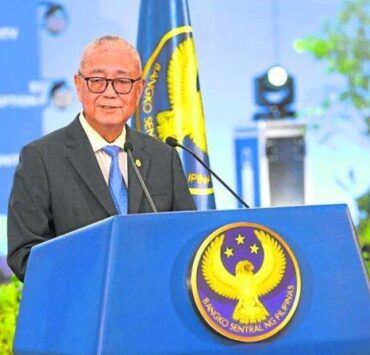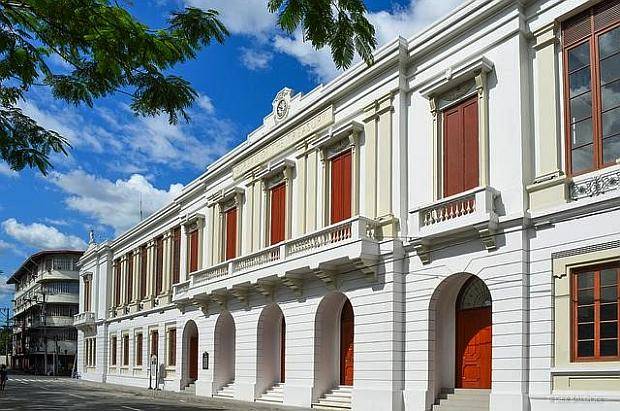No respite for peso as it slumps to 57 level

The Philippine peso on Thursday sank to its weakest level in almost three months, retreating to the 57 level as the US Federal Reserve’s decision to stay patient emboldened dollar bulls.
The local currency finished trading at 57.45 versus the dollar, shedding 47 centavos from its previous closing.
This was the peso’s lowest finish since closing at 57.69 on March 26, 2025. It also extended the local unit’s losing streak to the eighth trading session.
A trader said the bearishness of the peso stemmed from the narrowing interest rate differential between a “hawkish” Fed and the Bangko Sentral ng Pilipinas (BSP), which cut the policy rate by 25 basis points yesterday as inflation continued to undershoot the official target band of 2 percent to 4 percent.
The trader also blamed “safe haven demand” amid the ongoing conflict between Israel and Iran.
At a press conference, BSP Governor Eli Remolona Jr. said it would be “futile” for the central bank to shore up the peso for reasons favoring the strong dollar.
“To intervene strongly just to maintain the exchange rate of the peso to the dollar would be futile. We won’t have enough reserves to do that. So, we would intervene just for regular liquidity reasons,” Remolona said.
“At some point, we would have to intervene more seriously if the depreciation continues … But moderate depreciations don’t affect our inflation environment. When they’re big enough, it usually takes a few weeks of continuous depreciation,” he added, stressing:
“For now, I don’t see any reason.”
A weak peso could stoke inflation by bloating the country’s import bill. The depreciation could also make debt servicing more costly for borrowers with foreign liabilities.
But the local currency slump can help make Philippine exports more competitive at a time of extreme trade uncertainties. The weakening of the peso can likewise boost remittances from Filipino migrants.
In a commentary, Dutch financial giant ING Bank said a rise in oil prices could further bloat the Philippines’ import bill. This, in turn, could put more pressure on the peso.
“The Philippines is where we could see higher oil prices having a more damaging impact. The country has the largest current account deficit in the region, driven by rising imports and softer remittance growth, making it highly vulnerable to oil price shocks,” ING said.
“A 10-percent rise in oil prices could widen its deficit by roughly 0.25 percent of GDP (gross domestic product), which stood at an elevated 3.7 percent of GDP in the first quarter of 2025, pressuring the peso in the near term,” it added.





















